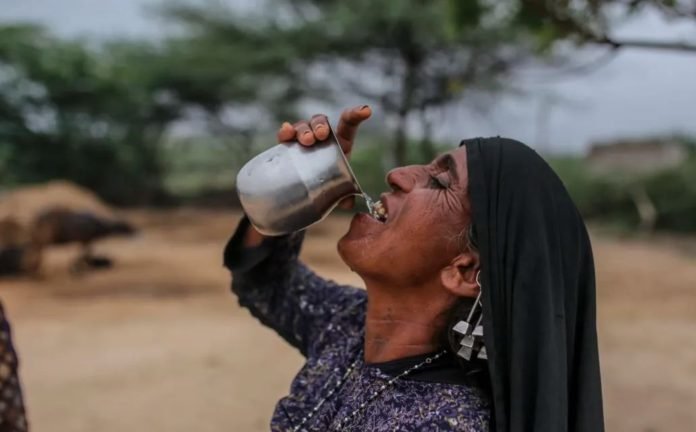The scorching heat that has engulfed South Asia for the past two months has continued into this week, making things much more tough.
Both India and Pakistan have experienced temperatures in the upper 40s Celsius, well beyond estimates for spring, adding to a growing body of evidence pointing to climate change’s deadly effects.
April was Pakistan’s second-driest month since 1961, with many areas experiencing “extreme[ly] deficient rainfall”, and the hottest April that the country has recorded in those 60 years.
You may want to read about relief from heatwave in Pakistan.
In India, average maximum temperatures reached their highest level in 122 years in March, with extreme heat reaching even the far north.
According to India’s Ministry of Earth Sciences, deaths from heatwaves have increased by more than 60% since 1980.
The prolonged hot and dry weather has a variety of implications, including a lack of water in reservoirs and a negative impact on crop and orchard growth.
The melting of snow and ice on mountains in Pakistan is threatening to cause floods; air quality has deteriorated; and big sections of land are at risk of wildfires.
Around this time of year, the northern Indian state of Himachal Pradesh generally sees rain, hail, and snow in higher areas, but portions of it have had no precipitation in two months, and hundreds of forest fires have erupted in recent weeks.
This is a developing story and we shall continue to update on Heatwave in Pakistan 2022.






[…] Read about Heatwave hits India & Pakistan […]